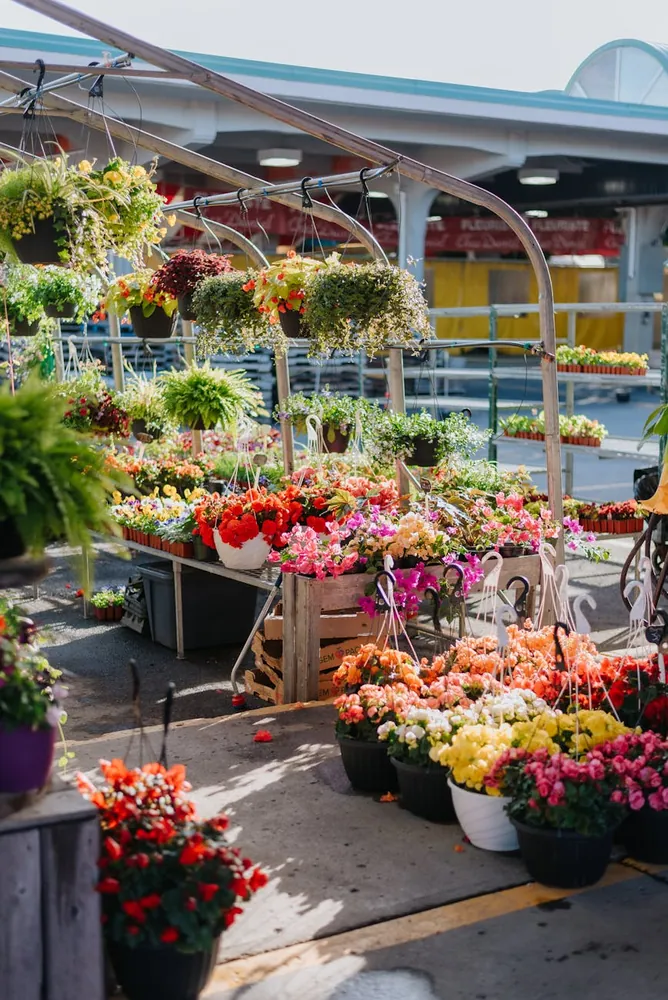Finding Your Fit: An In-Depth Look at Urban Gardening Strategies

Container Gardening: Flexibility in Small Packages
For urban dwellers with limited space, container gardening is a versatile and straightforward way to start growing plants. This method involves planting in containers rather than directly in the ground, making it ideal for balconies, patios, or small yards.
Advantages of Container Gardening
- Portability: Containers can be moved to catch sunlight or avoid harsh weather.
- Control: You can easily manage soil quality and water drainage.
- Diversity: A variety of containers can add aesthetic appeal and accommodate different types of plants.
Consider using containers for herbs, flowers, or vegetables like tomatoes and peppers. Ensure each container has adequate drainage holes and consider using lightweight potting mix to improve water retention and aeration.
Challenges and Considerations
While container gardening is convenient, it does come with some challenges. The primary concern is the limited root space, which can stunt plant growth if not managed properly. Additionally, containers dry out more quickly than garden beds, requiring frequent watering—often daily during hot spells.
To optimize this method, choose larger containers for deep-rooted plants and consider self-watering pots that reduce the frequency of manual watering. Also, regular fertilization is necessary since nutrients deplete faster in contained environments.
Vertical Gardening: Maximizing Space Efficiency
Vertical gardening is an innovative approach that utilizes vertical space to cultivate plants. It is particularly suited to urban areas where horizontal space is scarce. By growing plants upwards on walls or trellises, you can create lush, green spaces even in the most confined areas.
The Pros of Vertical Gardens
- Space Utilization: Perfect for small spaces as it uses unused vertical areas.
- Aesthetic Appeal: Can transform a plain wall into a vibrant green tapestry.
- Improved Air Quality: More plants can mean better air filtration in your home environment.
This strategy works well with climbing plants like ivy, beans, or peas. You can also use planters that hang or are mounted to walls for herbs or strawberries. Choose sturdy structures that can support the weight and growth of your plants over time.
Drawbacks and Management Tips
Vertical gardening requires careful planning to ensure proper light exposure and structural support. One downside is the potential for uneven water distribution. Plants at higher levels may receive less water compared to those below.
A drip irrigation system can mitigate watering issues by providing consistent moisture across all levels. Moreover, selecting materials that offer good durability and considering the weight distribution when wet are crucial steps in setting up a reliable vertical garden.
Hydroponics: Soil-Free Innovation
Hydroponics is a soil-less gardening technique where plants grow in a nutrient-rich water solution. It is a highly efficient method, often used in urban settings for growing leafy greens, herbs, and even some fruits indoors or in controlled environments.
Benefits of Hydroponic Systems
- Faster Growth: Direct access to nutrients accelerates plant development.
- Water Efficiency: Uses significantly less water compared to traditional soil gardening.
- Pest Reduction: Eliminates many soil-borne pests and diseases.
This method can be set up using various systems such as nutrient film technique (NFT), deep water culture (DWC), or aeroponics. Each system has its own setup requirements but shares the principle of providing nutrients directly to plant roots.
Considerations and System Requirements
The initial setup cost for hydroponic systems can be higher than traditional methods due to equipment needs such as pumps, grow lights, and nutrient solutions. However, these investments often lead to better yield and efficiency long-term.
Monitoring pH levels and nutrient concentrations is critical for plant health. Automated systems with sensors can help maintain optimal conditions with less manual intervention. Additionally, hydroponics requires reliable electricity access, which is crucial for system operation.
Choosing the Right Method for Your Lifestyle
Selecting the best urban gardening strategy depends on your available space, budget, time commitment, and personal preferences. If you're looking for simplicity and portability, container gardening offers an excellent starting point. For those with limited floor space but ample wall or vertical area, vertical gardens provide an attractive solution. Meanwhile, if you're inclined towards high-tech solutions and year-round growth with minimal soil-related issues, hydroponics could be your go-to option.
No matter which method you choose, urban gardening can transform your living space into a green haven while offering you the joy of nurturing life from seed to harvest. Happy gardening!